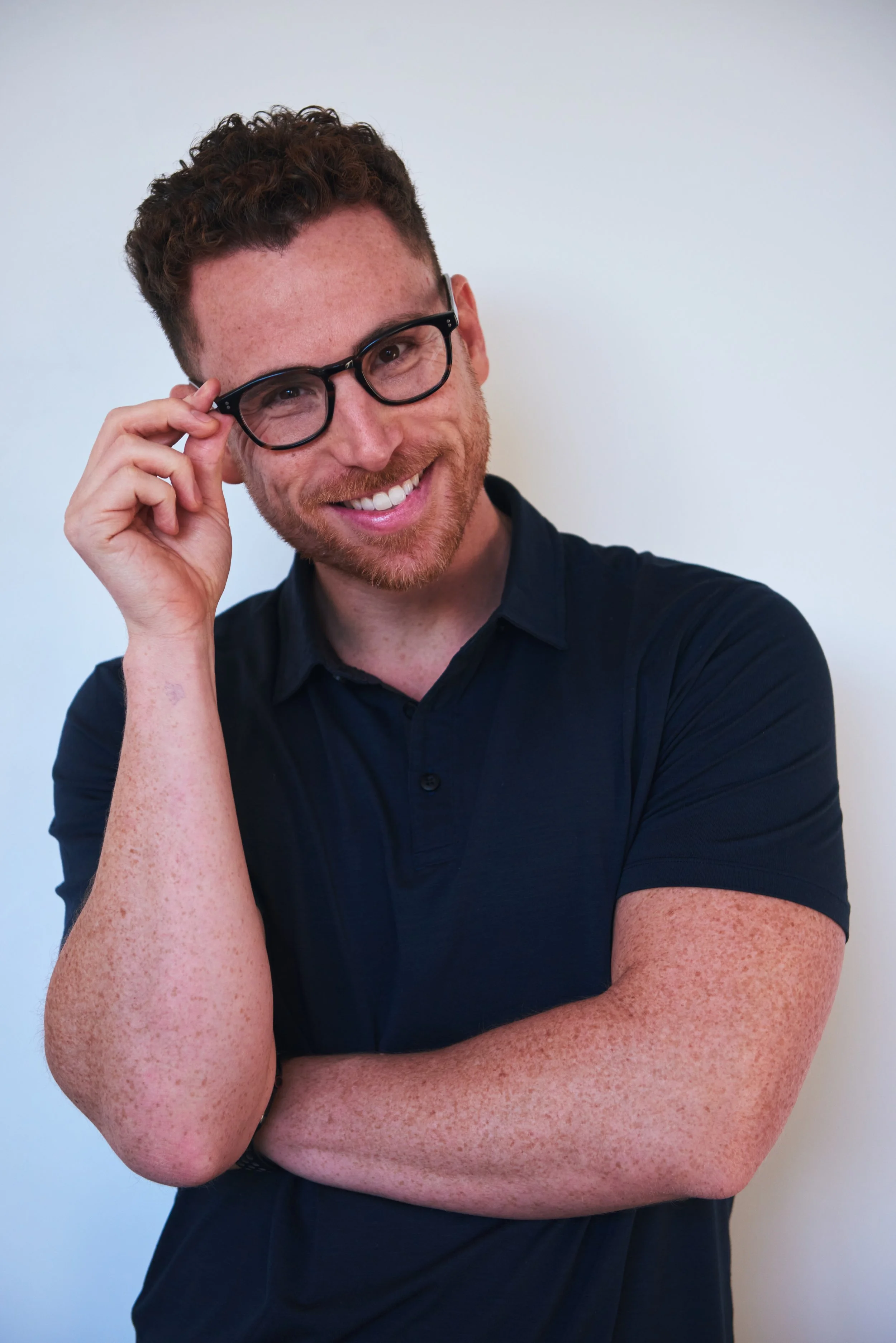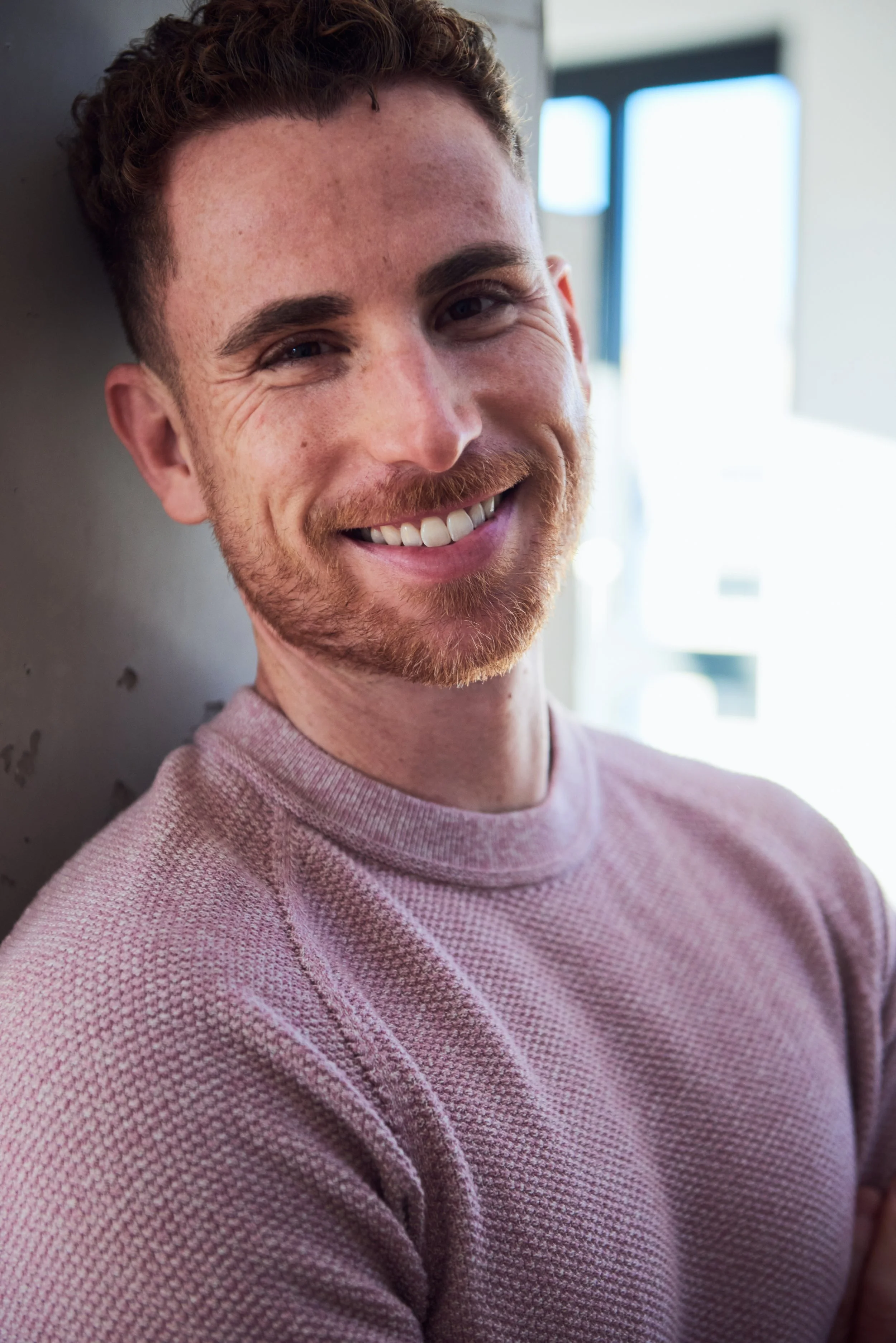Why Energy is the Foundation of Leadership
In today’s coaching and leadership development landscape, much of the focus revolves around mindset, relationships, and personal growth. While these are undoubtedly critical elements, there’s one foundational aspect that often gets overlooked: energy. Without energy, even the most powerful strategies, the best intentions, and the most inspiring goals fall flat. In a world where leaders are constantly expected to perform at their peak, understanding how to fuel your body to fuel your life is a game-changer.
At The Modern Leader, we emphasize the importance of energy management as a core pillar of leadership. Energy comes in many forms -- mental, emotional, spiritual -- and in this article we focus on a fourth dimension that is perhaps most forgotten in the corporate space: physical. Through expert insights and practical strategies, we help leaders develop the habits necessary to sustain high performance and well-being. Whether you’re a seasoned athlete or just starting on your wellness journey, this discussion will help you identify what’s missing and how to take the next step in optimizing your energy levels so that you have them when you need them at work.
Let's dive in as we explore why energy is the foundation of leadership, the costs of neglecting it, and the practical strategies you can use to maintain peak performance.
What You’ll Discover in This Blog...
Why does neglecting your health cost you more than you realize?
Where should you begin your physical journey? Understanding the three fitness personas.
What are the three essential habits for boundless physical energy?
How does nutrition impact leadership—are you proactive or reactive?
What practical strategies can you implement today for lasting change?
How can you maintain energy levels to enhance your leadership effectiveness?
1. The Cost of Ignoring Your Health
The modern leader is often caught up in the hustle, placing work, meetings, and deadlines above personal well-being. But at what cost? Neglecting health leads to a ripple effect: low energy, fatigue, reduced focus, and ultimately, burnout. Leaders with poor health habits often find themselves reacting to problems rather than proactively leading. If you are constantly reaching for caffeine or sugar just to get through the day, that is a sign that your body is running on empty. The reality is, when energy levels crash, productivity drops, relationships suffer, and overall effectiveness declines.
By making health a priority, leaders can create a sustainable foundation for long-term success. The ability to bring enthusiasm, clarity, and focus to every interaction begins with how well you take care of your body.
“Take care of your body. It’s the only place you have to live.”
2. The Three Fitness Personas
The Kickstarter: Building the Foundation for Energy and Vitality
For those who struggle to maintain any form of healthy routine, the Kickstarter is the place to begin. If you are constantly exhausted, barely moving, and grabbing quick unhealthy meals, it’s time to reset. The key is not to overhaul everything at once but to establish a few essential habits—like hydration, movement, and sleep—that create a foundation for sustainable change.
The Accelerator: Moving from Good to Great
The Accelerator is someone who has already incorporated healthy habits but hasn’t yet reached full consistency. Maybe they work out a few times a week but struggle with sleep quality. Perhaps they eat well but lack hydration. Accelerators need to focus on tightening the gaps in their routine, ensuring that good habits become non-negotiables, and avoiding the common pitfall of slipping back into old habits due to work pressures.
The Peak Performer: Maintaining and Maximizing Well-Being
Peak Performers already have a strong foundation in health and well-being. They engage in consistent fitness routines, practice mindful nutrition, and prioritize recovery. However, they are always looking for that extra edge. For them, optimizing performance means fine-tuning routines, experimenting with new recovery techniques, and ensuring they’re sustaining long-term energy without burning out.
“Small daily improvements are the key to staggering long-term results.”
3. The Three Non-Negotiables for Energy
1. Movement: How 30 Minutes a Day Can Transform Your Health
Movement is not just about hitting the gym; it’s about creating a habit of consistent physical activity. Whether it’s a brisk walk, yoga, or strength training, movement is the catalyst for increased energy and mental clarity. Sitting for prolonged hours depletes our energy levels and creates stagnation, both physically and mentally. Leaders who integrate movement into their daily lives find themselves more focused, less stressed, and significantly more productive.
2. Hydration: The Overlooked Key to Mental Clarity
Dehydration is one of the most common but underestimated issues among leaders. Fatigue, brain fog, and irritability often stem from inadequate hydration. Carrying a high-quality water bottle and setting hydration reminders can make all the difference. Adding a pinch of salt to water enhances absorption, ensuring that hydration efforts actually benefit the body rather than just passing through.
3. Sleep Hygiene: Creating a Nighttime Routine for True Recovery
Many high performers sacrifice sleep in the name of productivity, but science shows that quality sleep directly impacts cognitive function, decision-making, and overall well-being. Developing a bedtime routine, eliminating screens an hour before bed, and prioritizing relaxation techniques can significantly improve sleep quality. Treat your nighttime routine with the same importance as a high-stakes meeting—because, in reality, it is.
“Your future depends on your dreams, so go to sleep.”
4. Proactive vs. Reactive Leadership Through Nutrition
A leader who constantly reacts to their environment—grabbing quick meals, skipping breakfast, or relying on energy drinks—is a leader operating on borrowed energy. Reactive leadership extends beyond work decisions; it shows up in health habits. Imagine that your fitness and nutrition were a reflection of the kind of leadership behaviors you aspire towards. Proactive leaders prepare their meals, ensure they are getting balanced nutrition, and create environments that support their success.
By establishing a meal-planning habit, incorporating whole foods, and minimizing sugar spikes, leaders can sustain high performance throughout the day without the energy crashes that come from poor nutrition choices.
5. Practical Strategies for Implementing Change
Creating sustainable habits does not mean making drastic changes overnight. Start small:
Begin with a daily 30-minute movement session, even if it’s just a walk.
Carry a water bottle and set hydration goals.
Establish a sleep routine that signals your body to wind down.
Prepare healthy snacks and meals ahead of time to avoid impulsive, unhealthy choices.
Be mindful of your energy levels throughout the day and adjust habits accordingly.
Consistency is key. Leadership isn’t just about inspiring others—it’s about embodying the habits that create long-term impact.
Key Takeaways
Energy is the foundation of leadership. Without it, everything else crumbles.
Leadership isn’t just about mindset; it’s about physical well-being too.
Your relationship with food and fitness reflects your leadership approach—proactive leaders fuel themselves with intention.
There is no one-size-fits-all solution. The key is meeting yourself where you are today.
Small, consistent changes in movement, hydration, and sleep can have a profound impact on performance and longevity.
If you want to be a leader worth following, you must take care of yourself first. The way you fuel your body dictates how you show up, not just for yourself but for your team and those around you.
At The Modern Leader, we specialize in helping individuals and teams develop high-energy habits that sustain long-term success. When working on helping our leaders access boundless energy, we provide them with practical tools and proven methods, to build resilience, optimize nutrition, and create fitness routines that enhance performance. Each of these programs are customised for the level they are at, whether it's kickstarter, accelerator or peak performer.
Let’s work together to optimize your energy and unlock your full leadership potential. Reach out today and start building the habits that will fuel your success.



























